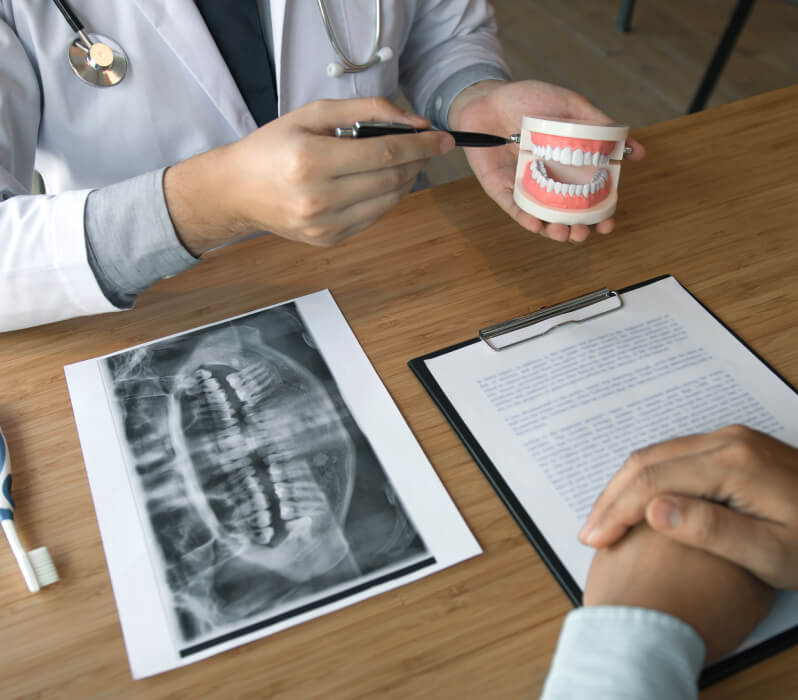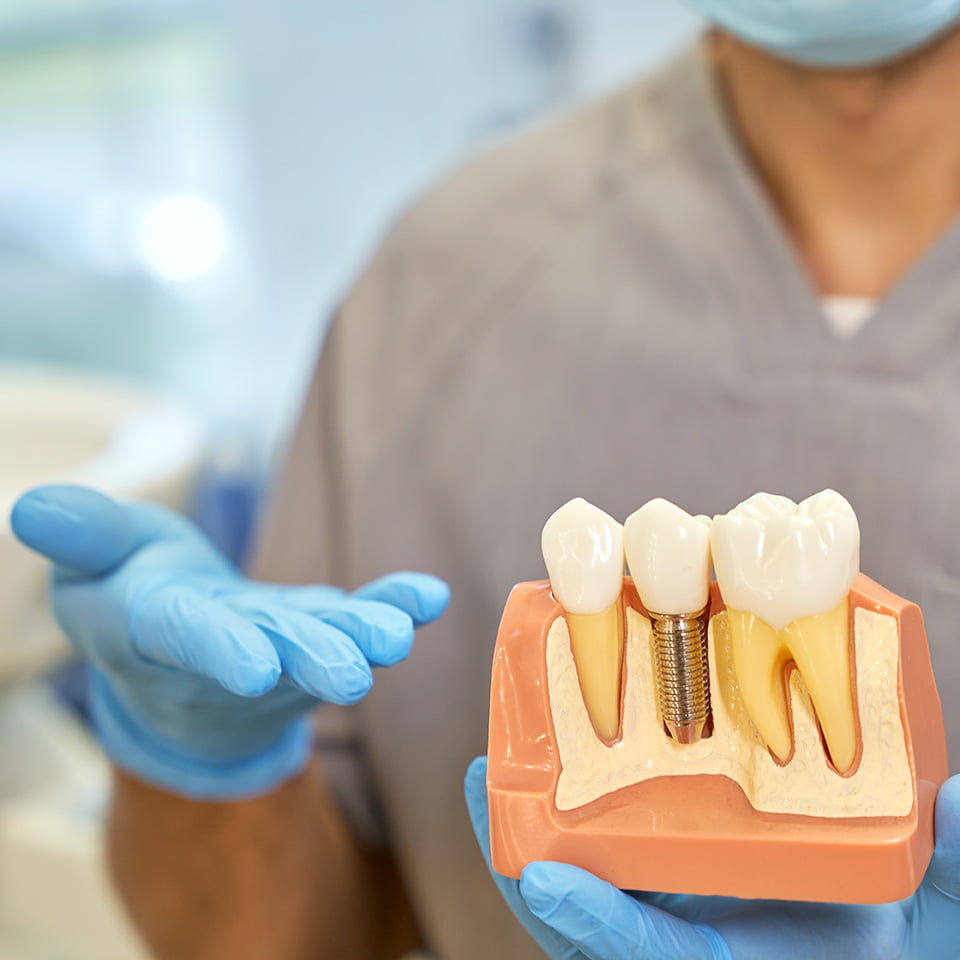
What Is The Best Way To Pay For Dental Implants?
The Financial Challenge of Dental Implants Despite their unparalleled advantages, the journey towards obtaining dental

Listen or Read Dr. Igor Kaplansky’s Podcast Interview!
Topic – Periodontal Care – Take Care of Your Gums!
Below you will find an easy to read transcript of Dr. Igor Kaplansky’s monthly podcast interview. You can click the video to listen to the podcast or simply read the easy to follow transcript below. Enjoy!
Podcast Interview:
RC: Hello, everyone. This is Liz Harvey coming to you from our studios in New York City where we are dedicated to bringing you top quality advice from many of the leading expert professionals across the US.
In today’s episode, we are speaking with Dr. Igor Kaplansky. Dr. Kaplansky is the founder of Dentistry by Dr. Kaplansky in Gasport, NY. He grew up in Russia and after receiving his dental degree, he was accepted into the International Dentist program at the University at Buffalo, School of Dental Medicine. He graduated Cum Laude in 1998 with a Doctor of Dental Surgery degree and continued as a resident in the Advanced General Dentistry program at Buffalo. Since 1999, Dr. Kaplansky has been practicing family dentistry with a special interest in orthodontics and dental implants. He has been recognized with prestigious fellowship awards from the Academy of General Dentistry and the International College of Oral Implantologists. Dr. Kaplansky is widely considered to be one of the top dentists in the country. He is also a contributing member of our national network of industry professionals.
Today we are going to talk about a very important topic:
Periodontal Care – Take Care of Your Gums!
RC: Hello, Dr. Kaplansky, how are you today?
Dr. Igor Kaplansky: Hello, Liz. How are you?
RC: I’m good, thank you. Thanks for joining us. Let’s start off on a positive note.
What are the best ways to take care of your gums to avoid problems?
Dr. Igor Kaplansky: The very simple basic thing that everybody can and should do is brush their teeth after every meal ideally and floss every time they brush. If patients would just do that, that would save a lot of time, aggravation and expense down the road. If they can’t brush and floss after every meal, we recommend at least doing it twice, so in the morning and before bedtime.
Are there other risk factors that contribute to the development of gum disease?
Dr. Igor Kaplansky: Yes. The main reason people develop gum disease is bacteria but there’s multiple predisposing factors also such as genetics, such as general health. We find that gum disease a lot of times runs in the family. Patients within the same family tend to be infected with the same type of microorganisms that cause gum disease. Also, genetically, they can be predisposed to gum disease if they have a mom or dad or grandparents that have gum disease. Another predisposing factor is general health. Diabetes, other medical conditions, can make people more susceptible to gum disease.
What are some symptoms people experience that are clues that they might have gum disease?
Dr. Igor Kaplansky: A lot of times gum disease, at least in the beginning, can be totally asymptomatic, meaning patients don’t even know that they have it. They don’t have any pain and the first clues are usually bleeding from the gum. Bleeding from the gum is never a normal or a good thing so unfortunately a lot of the times patients disregard that sign. They can brush and floss and then they spit blood and they think it’s okay. They think maybe they just brushed too hard or they flossed too hard, but in fact, healthy tissue doesn’t bleed. Your skin doesn’t bleed, your eyes don’t bleed, so the gums shouldn’t bleed either. That’s the first sign, bleeding gum.
A lot of times in more advanced stages of gum disease, you can detect an unpleasant odor coming from the mouth, so sometimes we see patients that complain about the smell that they don’t like. That’s another sign of gum disease. Then in the later stages of gum disease, when there’s so much bone loss around the teeth, the teeth become loose. Then patients come in and they complain that their teeth are getting loose or that they get gaps, develop spaces between the teeth or that their teeth are getting crowded and crooked on them and they’re drifting. That’s the reason the bone loss leads to teeth getting looser and they start moving.
What are the differences between gingivitis and periodontitis?
Dr. Igor Kaplansky: Excellent question. Gingivitis is a very first stage of gum disease when it is still reversible, meaning that the disease is limited to the gum only. The gum may be inflamed, it may be red, it may be swollen. It may be bleeding but with proper care, with proper treatment and regular maintenance, the disease is reversible. There’s no underlying bone loss.
Periodontitis is a much deeper destruction of the tissue, when there’s actually ulceration of the tissue and the pockets around the teeth are growing deeper, which in fact starts to affect the underlying bone tissue. That is not reversible anymore. Even if periodontitis is treated and brought under control, the bone will not regenerate, it will not grow back. Bone loss is permanent so the trick is to catch disease during its gingivitis stage and hopefully not lose any bone.
How is gum disease treated?
Dr. Igor Kaplansky: Gum disease treatment consists of multiple visits usually with a hygienist, and what they start with is they evaluate the severity of the gum disease first by recording the probing depth. They will probe the periodontal pockets around each tooth and record the measurements and that way we have a baseline reading and we can track the patient’s progress. We can see if the disease is progressing or if it’s getting better. After that, what’s called a scaling and root planing is done. Another name of it is deep cleaning. When a hygienist goes deep down below the surface of the gum to remove all the debris from there, all the hard deposits, calculus, bacteria, infected epithelial tissue and by removing all that noxious debris from there, we stimulate healthy tissue growth. We stimulate body’s immune system response to attack the remaining bacteria in there, and hopefully regenerate some tissue. That’s the main treatment for periodontal disease.
Then there’s some adjunctive treatments, such as using a slow release granulated antibiotics that can be placed into the pockets, such as Arestin. That’s a very good drug that we use. Another way is using laser to remove some of the infected tissue in the pockets. Then if all these conservative methods do not produce a desired result, then we move onto a surgical treatment of gum disease which involves a surgery. The gum tissue is reflected and separated. All the irregular bone levels are smoothed out. Everything is smoothed out and then it’s stitched back together. In my office, we do everything we can to avoid the surgery for the patients and do everything conservatively. Hopefully if patients follow through and they follow our recommendations, we can avoid surgery for them.
RC: Great. Thank you so much, Dr. Kaplansky. We know you’re extremely busy, so I just want to thank you for your time and help today.
Dr. Igor Kaplansky: Thank you, Liz, always a pleasure.
RC: For our listeners across the country, if you are interested in speaking with Dr. Igor Kaplansky, visit www.drkaplansky.com or call 716-772-7500 to schedule an appointment.
On behalf of our entire team, we want to thank you for listening. We look forward to bringing you more top quality content from our country’s leading industry professionals.

The Financial Challenge of Dental Implants Despite their unparalleled advantages, the journey towards obtaining dental

Dental implants have revolutionized the world of dentistry, offering a long-term solution for missing or

The Undeniable Necessity of Replacing Missing Teeth Beyond Cosmetic Concerns The issue of missing teeth
At Dentistry by Dr. Kaplansky, we believe that everyone deserves quality dental care, regardless of their situation. Our experienced team specializes in a variety of services such as dentures, crowns, bridges, implants, and anything else needed to ensure your smile is healthy and beautiful! Our patients are the most important thing to us. That’s why we offer the best service in Gasport, Lockport, Buffalo, and the rest of New York!
With us, you can feel at ease knowing that not only will we meet all your expectations, but we will also provide specialized care tailored to fit each individual’s needs. Additionally, our knowledgeable staff makes sure that all treatments are performed with the utmost safety and precision in order to minimize any discomfort or risks during treatment.
Call or visit our website today to book an appointment with Dentistry by Dr. Kaplansky and get the dental health you deserve!
2023 All Rights Reserved | Dentistry by Dr. Kaplansky, PLLC | Powered by Starfish Ad Age